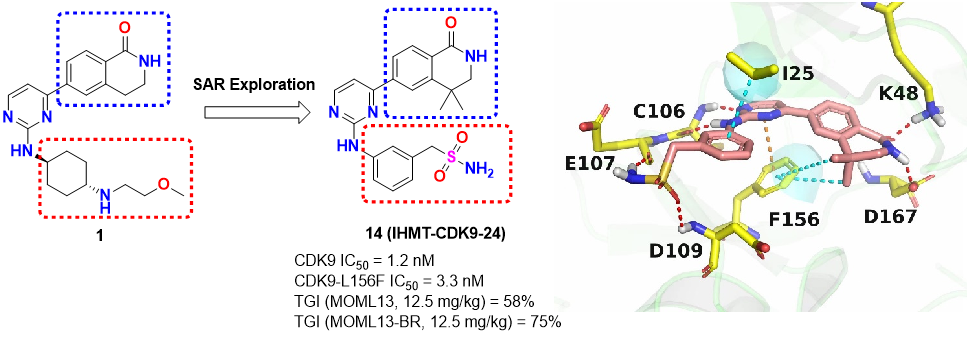2025-05-26 中国科学院(CAS)

Common regulatory network in hormone signaling pathways and zeatin biosynthesis pathway on axillary bud development of E. ulmoides. (Image by WANG Dacheng)
<関連情報>
- https://english.cas.cn/newsroom/research_news/chem/202505/t20250527_1044504.shtml
- https://www.sciencedirect.com/science/article/pii/S0926669025006351?via%3Dihub
外因性tZ処理がトチュウの腋芽発達に与える影響に関するメタボロームとトランスクリプトームの複合解析 Combined analysis of metabolome and transcriptome in response to exogenous tZ treatment on axillary bud development in Eucommia ulmoides Oliver
Dacheng Wang, Pengfei Su, Zhu Yang, Jun Chen, Rongkui Liao, Yameng Gao, Wenjie Kan, Jinyan Hou, Lifang Wu
Industrial Crops and Products Available online: 30 April 2025
DOI:https://doi.org/10.1016/j.indcrop.2025.121089
Highlights
- The development of axillary buds of E. ulmoides follows an S-shaped curve.
- It was the first time analyzing the effect of exogenous tZ on axillary bud development in E. ulmoides.
- 11 hub genes are involved in the crosstalk regulatory network of axillary bud development in E. ulmoides.
Abstract
Eucommia ulmoides Oliver (E. ulmoides) is a tree species of considerable medicinal and economic value, while trans-zeatin (tZ) serves as a cytokinin (CTK) plant growth regulator. Our early results have shown that tZ significantly promotes the regeneration of E. ulmoides axillary buds. To uncover the underlying regulatory mechanisms, we conducted the first comprehensive metabolomic and transcriptomic analyses of axillary buds across five developmental stages (0–4 weeks post-initiation). Developmental progression was characterized by two distinct phases: an induction phase (W0-W1) and an elongation phase (W1-W4). Metabolomic profiling revealed dynamic phytohormone fluctuations, with a significant increase in tZR, dZ, and GA concentrations at the W1 stage, followed by a decline. In particular, tZR levels surged 16.4-fold from W0 to W1 stage. Conversely, IAA, ABA, and SA concentrations decreased at the W1 stage but subsequently increased in later stages. To investigate these changes, we comprehensive analyzed transcriptomes across five axillary bud development stages, revealing DEGs were significantly enriched in plant hormone signaling and zeatin biosynthesis pathways. Additionally, we employed weighted gene co-expression network analysis (WGCNA) to explore the phytohormone regulatory network during tZ-induced axillary bud development. By utilizing hormone concentration as a trait and jointly analyzing WGCNA with DEGs transcripts, we identified 11 hub genes. Among these, histidine phosphotransfer proteins (AHPs) in the CTK signaling pathway emerged as the central hub within the phytohormone crosstalk regulatory network. These studies provide a theoretical basis for further research on the regulatory mechanisms of CTKs in the growth and development of E. ulmoides, while also provide technical support for the in vitro rapid propagation of high-quality E. ulmoides seedlings.

